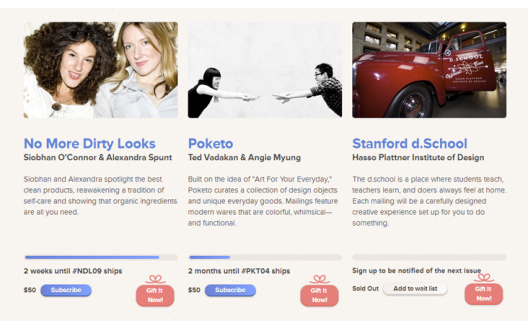
By Dave Imbrogno, President of National Account Services for ADP’s Global Enterprise Solutions unit.
As mobile job-seeking gains popularity, today’s candidates increasingly want tools that leverage the latest social and mobile technology — from mobile-enabled job alerts and postings to the ability to apply via smartphone to tracking applications, viewing job postings and reading job-related blogs, forums and articles.
According to its 2014 Social Recruiting Survey, recruiting software platform specialist Jobvite found that mobile continues to be a burgeoning channel for candidate engagement and they caution that recruiters who don’t leverage mobile will risk losing talent to the competition. The survey revealed that 55% of recruiters use or plan to use a mobile career site to support recruiting efforts. But, interestingly, the study also showed that despite 43% of job seekers using mobile in their job search, 59% of recruiters invested nothing in 2014 in mobile career sites.
Additional research conducted by the ADP Research Institute® reveals a similar disconnect between the tools recruiters and job seekers use to find each other.
For example, the research found that 44% of recruiters listed LinkedIn as “extremely” or “very” useful in their pursuit of new talent. Yet, only 19% of job seekers felt the same when looking for a job. Recruiters’ and job seekers’ perspectives on the usefulness of other social media sites during the recruiting process — including Facebook, Twitter and Google+ — showed a similar disconnect, with recruiters consistently viewing the social platforms as more useful than job candidates did.
As we’ve grown accustomed to the simplicity of online shopping, we increasingly demand a similar experience from the systems we use at work. Yet, many core business systems, including human capital management (HCM) platforms, haven’t kept pace with the trend toward more consumer-centric user interfaces. Meeting this growing candidate and employee expectation is critical to recruiting and retaining top performers. Once a candidate is hired, it makes it easier for them to do their jobs and manage their HR information anytime, anywhere.
For HR leaders, these trends have clear implications.
Accommodating the user expectations of candidates and employees requires modern HCM systems that leverage the latest technology innovations to deliver a highly intuitive user interface akin to the mobile apps we use in our personal lives. And the HR systems of the future should empower employees with visual, personalized dashboards that give them a single point of entry to their benefits, payroll and other HR information. HR systems should also include built-in decision-support tools tailored to both employees — such as for annual open enrollment — as well as managers, to drive better decision-making, based on actionable insights regarding talent and performance. The end result will be a more satisfied, engaged and productive workforce.
 This article was written by By Dave Imbrogno, President of National Account Services for ADP’s Global Enterprise Solutions unit. He is responsible for many of the company’s Human Capital Management solutions, including Human Resources, Payroll, Time and Labor Management, Comprehensive Outsourcing Services, Talent Acquisition and Talent Management.
This article was written by By Dave Imbrogno, President of National Account Services for ADP’s Global Enterprise Solutions unit. He is responsible for many of the company’s Human Capital Management solutions, including Human Resources, Payroll, Time and Labor Management, Comprehensive Outsourcing Services, Talent Acquisition and Talent Management.
Recruiting and Retaining Talent Takes Mobile-enabled Sites and Consumer-Centric HCM Platforms
Recruiting and Retaining Talent Takes Mobile-enabled Sites and Consumer-Centric HCM Platforms

















